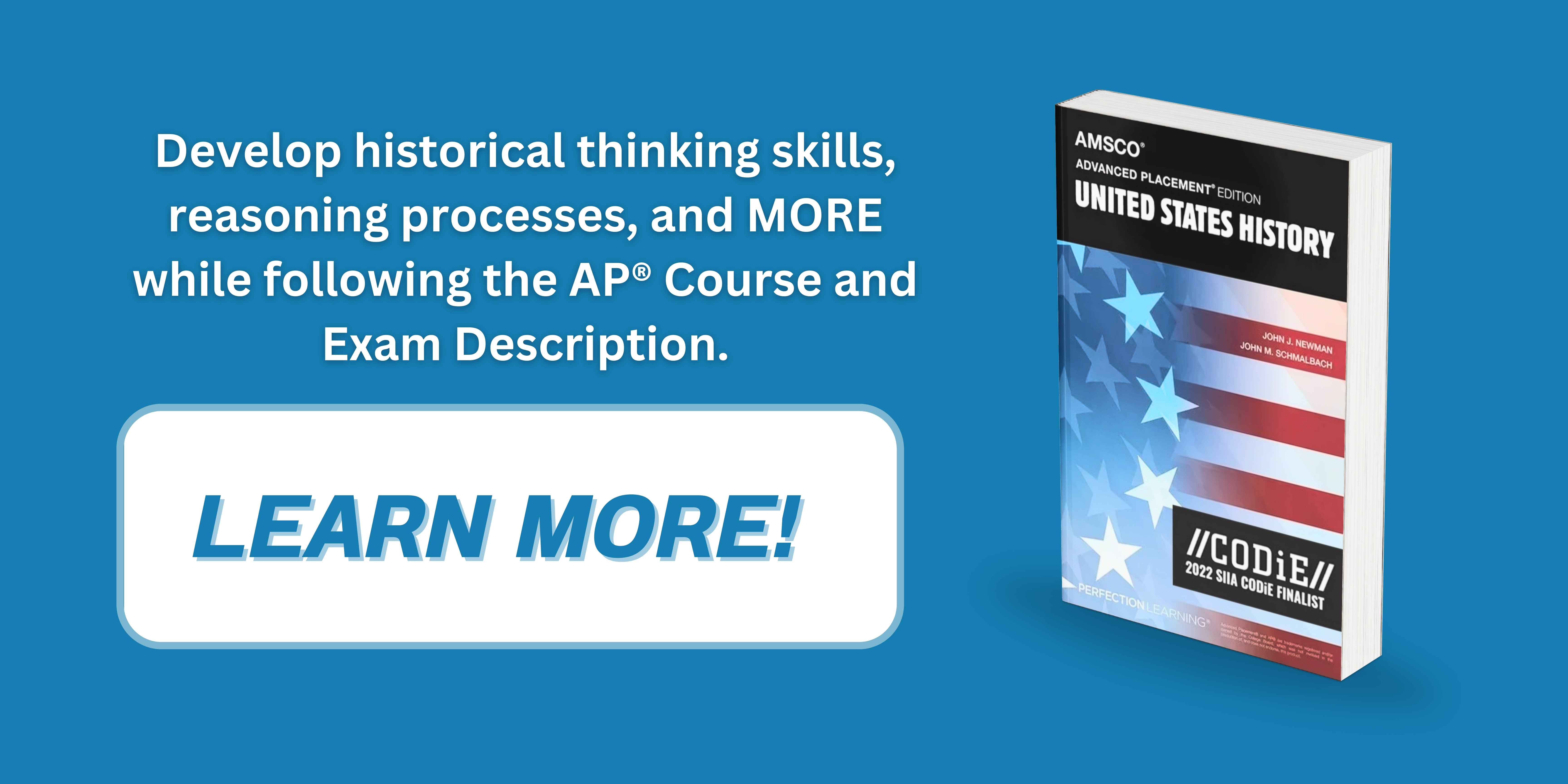Teaching historiography in Advanced Placement United States History is essential for developing critical thinking skills and strengthening analytical abilities without losing coverage time. By focusing on historiography, educators can curate experiences that will help students to understand multiple perspectives, be mindful of bias, and engage with primary sources. This preparation empowers students to actively shape their historical understanding and lays a strong foundation for higher education. Ultimately, historiography equips students with essential skills that extend beyond history, fostering critical thinkers with cultural awareness and an appreciation for the complexities of human experiences throughout time.
The Reconstruction Era (1863–1877) in United States History, spanning from Lincoln's first Reconstruction to the Compromise of 1877, was a politically and socially contentious period. Interestingly, the way Reconstruction has been remembered and taught in U.S. schools has been influenced by the divisive and evolving attitudes about the era, even long after its official conclusion. The teaching of the historiography of Reconstruction is a natural place to promote the intersection of skills and content.
One strategy that I have found to be very successful is the use of textbooks. Using textbooks to teach historiography is valuable as they offer clear explanations of historical concepts, present diverse perspectives and examples of historiographical debates, and cover a wide range of approaches. Overall, textbooks support teachers in facilitating discussions and activities related to historiography, enabling students to critically analyze historical interpretations.
When teaching Reconstruction, I simplify the schools of thought on Reconstruction into two large camps: the Dunning School, which insisted that Reconstruction aimed to reunite the country as soon as possible while maintaining a racial hierarchy in the United States, and the Revisionist camp which emphasized the temporary political and social gains made by Blacks during Reconstruction. This clear dichotomy allows students to better understand not only how and why different historical interpretations occur, but also the key content necessary for the Advanced Placement exam.
When implementing this lesson, I chose two textbooks, one from the Dunning school and one from the Revisionist Camp. The Dunning School text chosen was “A School History of the United States” written by Nancy Mace (1904) (https://archive.org/details/schoolhistoryofu01mace). The emphasis on Reconstruction, pages 388–394, was organized in small segments that could be used in a jigsaw activity. This stands in contrast to a modern textbook which includes the beliefs and attitudes of the Revisionist camp (https://www.mrlocke.com/US_History/book_files/4.4_pg184_189.pdf).
After students complete a standard document analysis (see below), I conclude with the following questions:
- How can two textbooks with such similar structure and format have such contrasting content?
- Is an event's remembrance shaped by its occurrence or how it is documented?
- How has the narrative of Reconstruction changed in textbooks over time?






